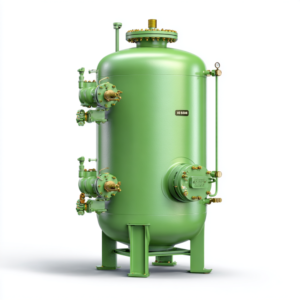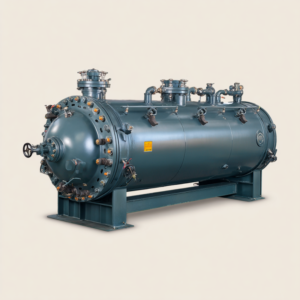
How Does a Fuel Filter Vessel Water Separator Work? Red River LLC
Water contamination in fuel causes corrosion, engine failure, and costly downtime. Understanding how does a fuel filter vessel water separator work helps protect equipment, extend maintenance intervals, and improve performance. How Does a Fuel Filter Vessel Water Separator Work in Practice Clean fuel is essential, but water contamination can cause corrosion, clogs, and higher maintenance costs. Industries like power generation, oil and gas, and transportation face this issue daily, making fuel filter vessel water separators vital. Many professionals ask, “how




